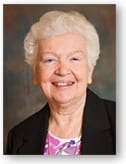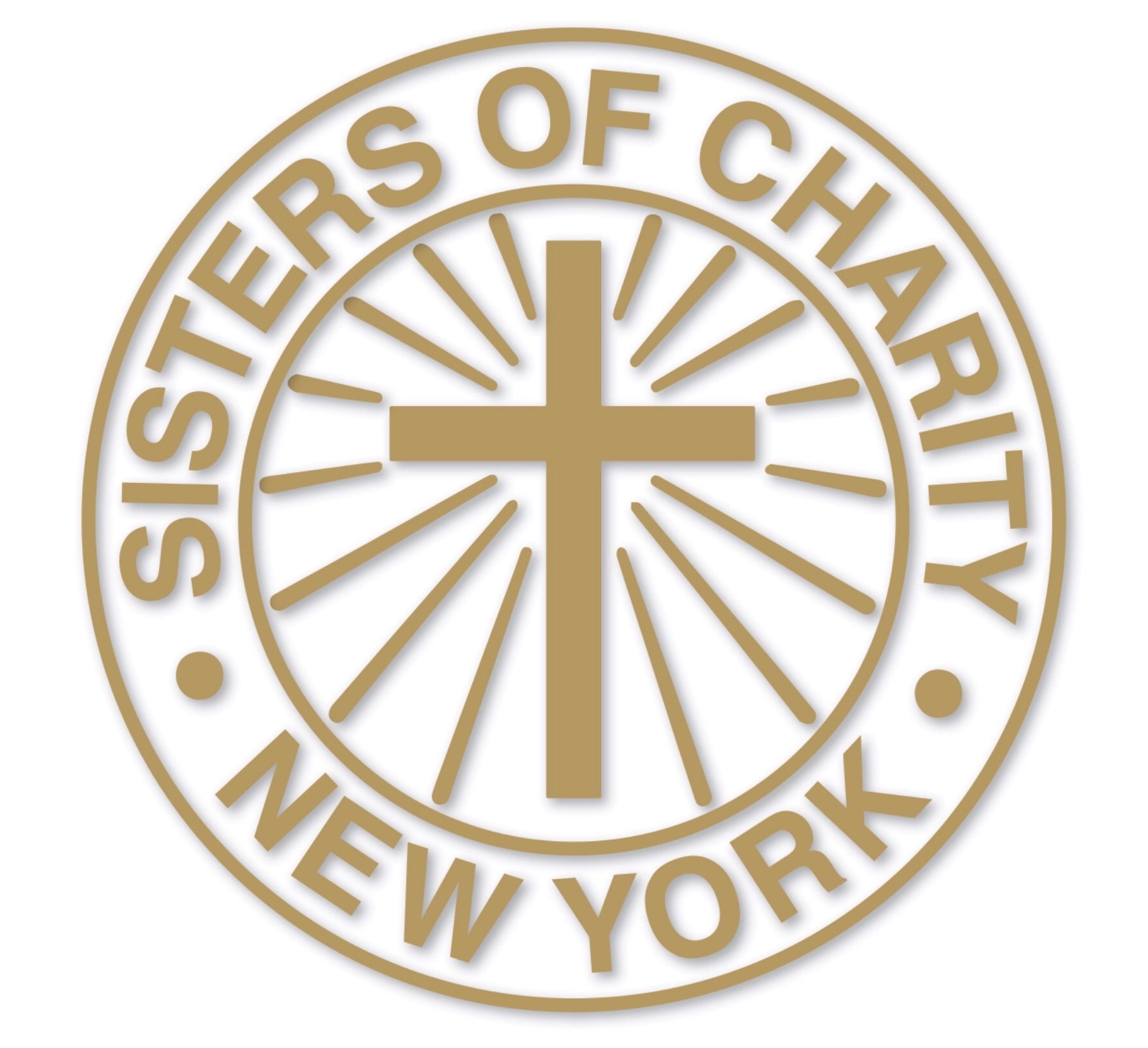On the occasion of the Feast Day on January 4th, Sr. Mary Mc Cormick shared the following reflection at the Shrine of St. Elizabeth Ann Seton on State Street.
 I am one of the Baltimore Catechism generations, and in my day memorized vast quantities of questions and answers contained in its pages.
I am one of the Baltimore Catechism generations, and in my day memorized vast quantities of questions and answers contained in its pages.
As I began to reflect on the celebration of the feast of Saint Elizabeth Ann Seton at the beginning of this year of mercy, I remembered that in my youth I had studied two sorts of works of mercy: spiritual and corporal.
They were described as charitable actions by which we come to the aid of our neighbors in their spiritual and bodily necessities.
So this early —for me— understanding of mercy had to do with works — actions — that are good in themselves. Feeding hungry ones, giving instruction to those with little chance of acquiring an education, visiting the sick and that in prison are some examples cited in the lists.
If mercy, like love, must be both affective and effective, the brief descriptions of these works as outlined in the Catechism can be called effective for sure. If we make a commitment to carry out one or more of them, we can be said to be merciful indeed.
But there’s another side of mercy, the affective side, that is, the mercy that arises from a place deep within the heart of God and which touches our hearts when we meet our God in prayer and contemplation.
Just listen to the compelling words of Pope Francis as he opened this extraordinary Jubilee of Mercy on December 8th:
JESUS CHRIST, he said, IS THE FACE OF THE FATHER’S MERCY.
Mercy, he continues, is the fundamental law that dwells in the hearts of every person who looks sincerely into the eyes of their brothers and sisters on the path of life.*
Affective and effective. Two descriptions of the same reality. How do they resonate in the life and witness of Elizabeth Seton?
Elizabeth was a woman who early on came to embrace a life lived for others and for her family first of all. She discovered in herself a gift for teaching, one of those spiritual works of mercy we have named.
And the first to receive the benefit of her gift were her own five children. She home-schooled them when they were young and gave them the strong moral and spiritual underpinnings they would take with them for the rest of their lives.
But her own growing faith, honed by the challenges she faced as a widow whose heart led her to the Catholic Church, brought her to include a wider community of children to love, affirm, and educate.
While still in New York after her conversion, and in order to support herself and her family, she started a little school for young boys. When it failed she was invited to Baltimore and then Emmitsburg, Maryland, where the Catholic faith was more accepted and respected than in New York.
She was joined by a group of women who with her formed the first American community of religious Sisters. They understood, as did Elizabeth, the vital importance of educating young women, and were as dedicated to this goal as was she.
The academy and free school they started provided excellent education for hundreds of young women in Elizabeth’s own lifetime and beyond. They were models of what is best in Catholic education down to our day: they combined strong academic achievement with authentic spiritual and moral guidance.
The mercy and compassion with which Elizabeth forged her ministry of education is testimony to her openness to the power of God’s mercy and compassion at work in her. She would endorse the words of Pope Francis who says:” I desire that the year to come will be steeped in mercy, so that we can go to every man and woman, bringing the good ness and tenderness of God! May the balm of mercy reach everyone… as a sign that the Kingdom of God is already present in our midst.”*
Quotes from Pope Francis are taken from: THE FACE OF MERCY, Bull of Interdiction of the Extraordinary Jubilee of Mercy
–Mary E. Mc Cormick, SC
 Sr. Mary E. McCormick is a spiritual and retreat director, writer, and presenter on topics of spirituality and the Charity charism.
Sr. Mary E. McCormick is a spiritual and retreat director, writer, and presenter on topics of spirituality and the Charity charism.

Did Saint Elizabeth Seton receive her vows? If yes, when and where?
She made primary vows in Baltimore, MD on March 25, 1809. She made vows as a Sister of Charity on July 19, 1813 in Emmitsburg, MD.